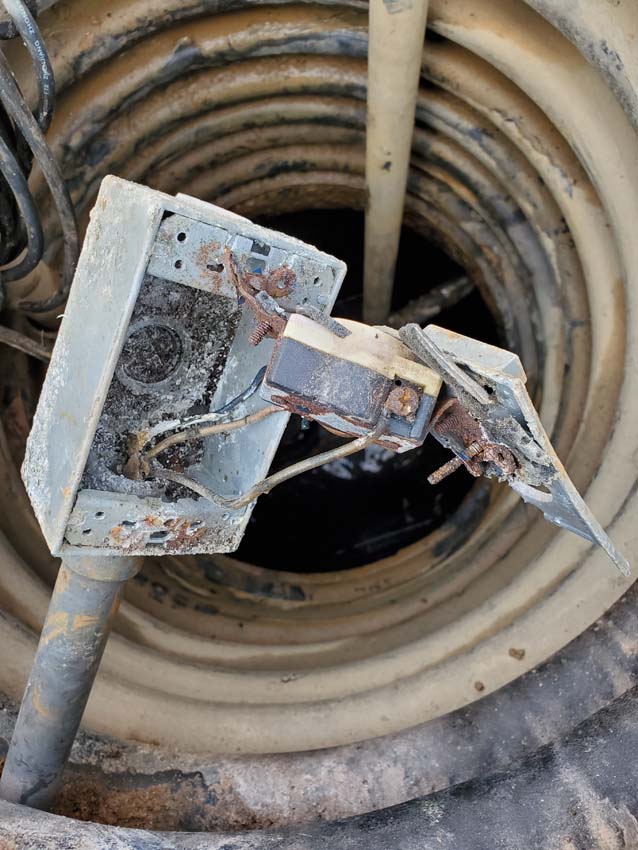Types of Grease Traps
The type of grease trap used depends on the size and frequency of use. Smaller traps are often installed beneath sinks or dishwashers while large ones may be found outside near kitchens or other areas where food is prepared or served. Each type requires different methods for cleaning depending on its capacity. For example, smaller traps may require manual labor while larger ones will need specialized equipment such as high pressure washers or vacuum trucks.
Safety Precautions
Before beginning any grease trap cleaning project, safety precautions should always be taken into account. This includes wearing protective clothing such as gloves and eye protection as well as using approved cleaners that are non-toxic and biodegradable. Additionally, there should be adequate ventilation in the area to reduce exposure to fumes released during the cleaning process.
Disposal of Waste Materials
Once all debris has been removed from a grease trap it must then be disposed of properly according to local regulations. This usually means taking it to an approved facility for disposal or recycling services where it can be broken down safely without causing environmental harm. Additionally, any wastewater generated during this process should also be collected in a container before being sent offsite for treatment in order to reduce pollution levels caused by improper disposal methods.
Overall, grease trap cleaning is an essential part of keeping plumbing systems functioning correctly while also maintaining sanitation standards at businesses dealing with food preparation or serving facilities. By understanding what types of traps are available, adhering to safety precautions when working with them, and disposing waste materials responsibly individuals can help ensure these tasks are completed efficiently without compromising safety or risking environmental damage.
